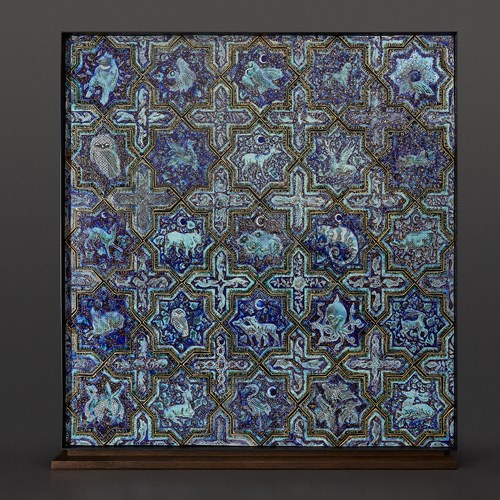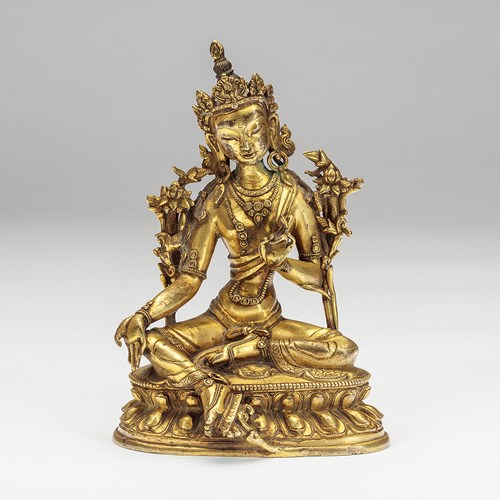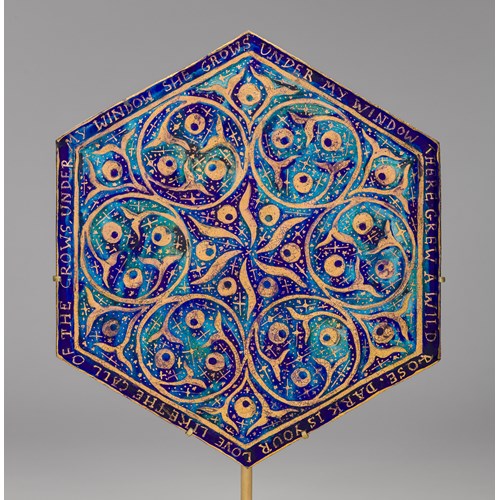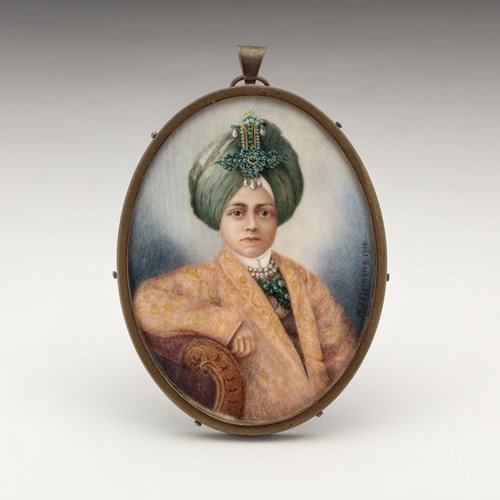Kilga
Date 10th -12th century
Period 10th century, Middle Ages, 12thcentury
Origin Egypt
Medium White marble
Dimension 35 x 48 x 33 cm (13³/₄ x 18⁷/₈ x 13 inches)
The marble jar-stand, locally referred to as a kilga, functioned as a water purifier, and was frequently used during the Fatimid period (909-1171). The stands were designed to support a large terracotta pot placed above which contained the unpurified water. As terracotta has a porous body, the water would drip down from the base of the pot which acted as a natural water filtration system (Knauer, p. 69). The smoothly worn interior of the jar-stand also indicates that water once filled the basin. The clean water would then be collected directly from the kilga. A similar kilga is in The Metropolitan Museum of Art, New York, (Accession Number 20.176). It also depicts a seated figure holding a cup in addition to similar fluted decoration on the feet.
Stock no.: A4551
Date: 10th -12th century
Period: 10th century, Middle Ages, 12thcentury
Origin: Egypt
Medium: White marble
Signature: Knauer, E. R. ‘Marble Jar-Stands from Egypt’, in, The Metropolitan Museum of Art Journal, No.14, 1980, pp. 67-101.
Dimension: 35 x 48 x 33 cm (13³/₄ x 18⁷/₈ x 13 inches)
Provenance: Private European Collection
Literature: Knauer, E. R. ‘Marble Jar-Stands from Egypt’, in, The Metropolitan Museum of Art Journal, No.14, 1980, pp. 67-101.
More artworks from the Gallery


_T638563983608940170.jpg?width=2000&height=2000&mode=max&scale=both&qlt=90)




_T638772017747259114.jpg?width=500&height=500&mode=pad&scale=both&qlt=90&format=jpg)

 with Mother-of-Pearl Handle_T638839371438778571.jpg?width=500&height=500&mode=pad&scale=both&qlt=90&format=jpg)